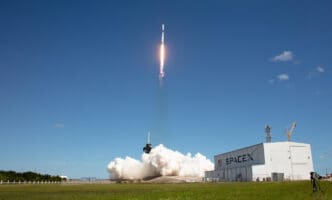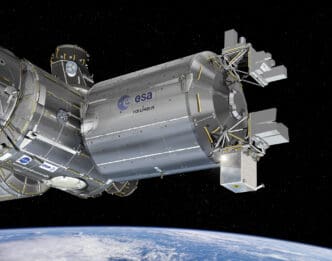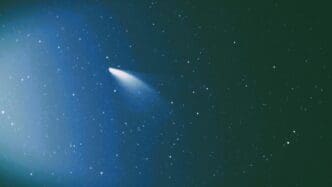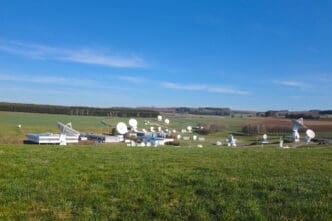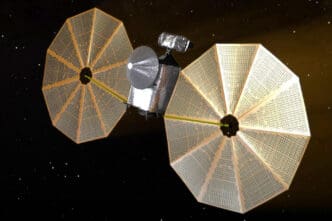The European Space Agency (ESA) is revolutionizing astronaut training with cutting-edge virtual reality (VR) technology at their ESA-DLR LUNA analogue facility. Located adjacent to the European Astronaut Centre in Cologne, Germany, this state-of-the-art facility immerses astronauts, scientists, and engineers in a lifelike simulation of the Moon’s surface, without the need to leave Earth.

LUNA encompasses a 700-square-meter terrain filled with 900 tonnes of basalt-based regolith simulant, replicating the lunar dust environment. Here, teams practice drilling, sampling, and navigating under the Moon’s stark lighting conditions. This hands-on training is complemented by VR and extended reality (XR) technologies, offering participants a comprehensive sense of direction and movement in unfamiliar environments. The combination of these tools makes training both efficient and cost-effective, requiring less hardware and personnel than traditional methods.

A significant advantage of VR is its adaptability to different training needs. It simulates complex or hazardous environments and large-scale objects, such as SpaceX’s Starship spacecraft system, the chosen lunar lander for NASA’s Artemis III mission. VR also allows astronauts to practice in scenarios lacking a clear sense of direction, such as working in microgravity or assembling structures at unconventional angles.

The pioneering efforts at LUNA are spearheaded by ESA’s Software and AI division, which includes the XR Lab at the European Astronaut Centre. Lionel Ferra, who leads the team, emphasizes the transformative potential of extended reality, stating, “Extended reality lets us overcome many of the limitations of Earth-based training environments. At LUNA, we’re creating spaces where crews can prepare for the challenges of the Moon by testing equipment, refining procedures, and training under truly mission-like conditions.”
One of the challenges faced is replicating the Moon’s extreme lighting, which can interfere with the optical tracking systems used in VR setups. However, promising initial tests at LUNA have been conducted using headsets that combine various sensors, including those operating outside the visible spectrum. These systems project infrared patterns to interpret depth, allowing them to function effectively even in high-contrast environments.
Lunar dust poses another concern, as its fine, abrasive nature can damage equipment. To address this, the team is developing dust-proof VR headsets with integrated breathing protection to safeguard users while maintaining performance. These headsets have been proven effective for training both in and out of spacesuits. For future missions, astronauts may utilize augmented reality (AR) or heads-up displays (HUDs) integrated with their suits during spacewalks, alongside more adaptable hardware for use inside lunar habitats.

Currently, mixed reality training at LUNA is primarily utilized by astronauts, trainers, and space engineers. However, there are plans to extend its application to ground support and mission teams, as well as for research and technology testing. The goal is to fully integrate LUNA into a digital twin of the lunar landscape, creating a comprehensive training environment that merges physical and virtual elements.
Looking ahead, Lionel Ferra envisions LUNA as a pivotal platform for the future of human spaceflight. He asserts, “Immersive technologies like VR are not just changing how we train for space missions – they’re shaping how we explore entirely new worlds. By merging the digital and physical, we’re creating training environments that push the boundaries of what’s possible. LUNA is more than a training ground – it’s a testbed for the future of human spaceflight.”
As preparations for lunar missions intensify, VR continues to play an essential role in equipping astronauts and mission experts for the challenges they will encounter on the Moon. The innovative training developed at LUNA ensures that Europe remains at the forefront of human space exploration.



